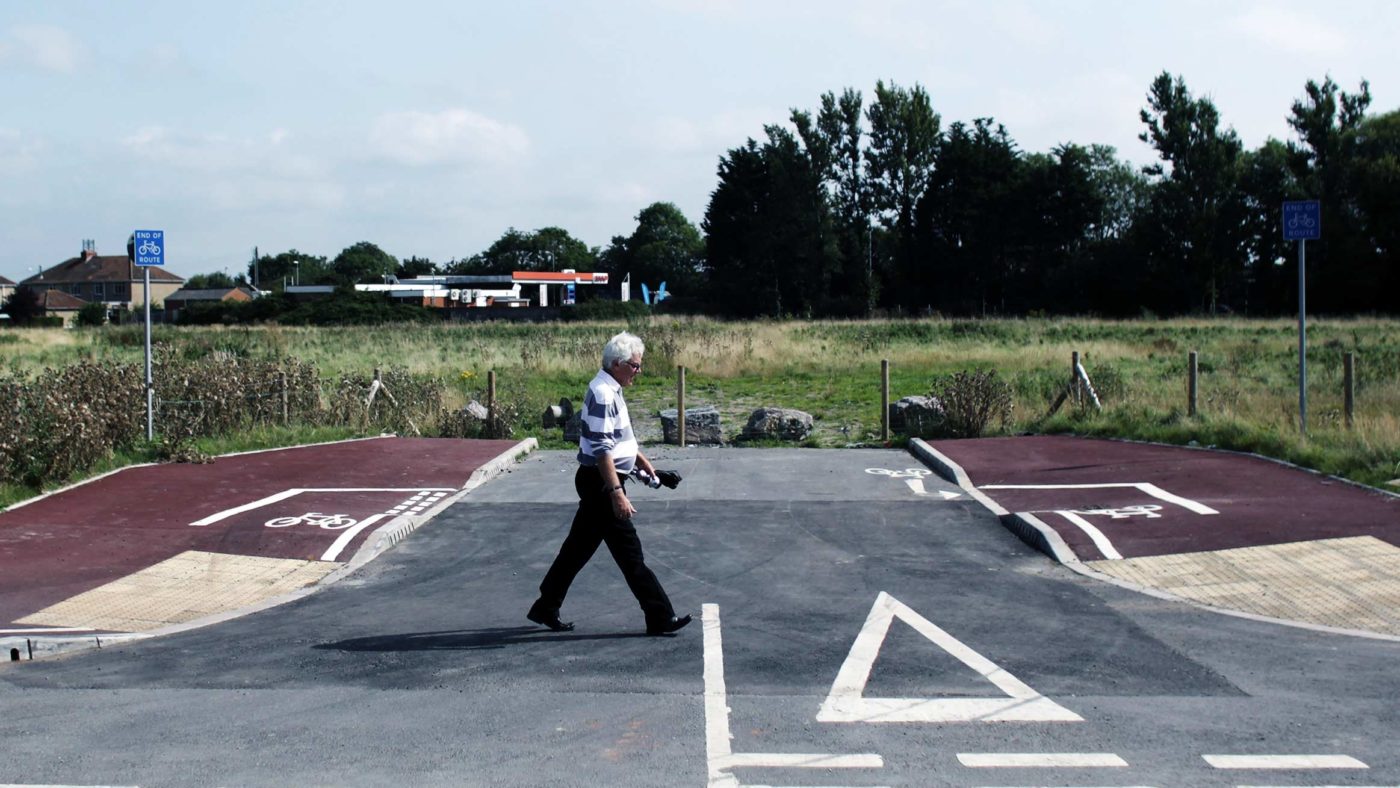As the “news” breaks that perhaps nearly one per cent of the enormous green belt surrounding London has been allocated for 200,000 homes, let us ask: who benefits?
News of potential green belt encroachment is the Campaign to Protect Rural England’s best recruiting tool. There is no mystery here. The story was seeded by the London Green Belt Council, a CPRE ally.
London’s metropolitan green belt is four times the entire built-up area of Greater London, or some 500,000 hectares. It is vastly larger than it was when originally created. Meanwhile, housing in the South East has become among the most unaffordable in the world, causing untold damage to living standards, wages, fairness and opportunity.
The green belt doesn’t stop people building hulking, ugly, corrugated metal barns. It doesn’t stop them drowning a field of rapeseed in pesticides. It doesn’t stop them building a viaduct, or a quarry, or an eight lane motorway. It just stops you building homes for the living. Homes for cows, or for the dead, are fine.
If there is a battle between affordable housing and the green belt, the green belt is clearly winning.
Since 1947, we have never grown the national housing stock at the net percentage rate of the 1830s, let alone the far higher rate of the 1930s. The current system has destroyed small builders and left an oligopoly of large firms, expert at gaming the system. So the most cynical interpretation is that CPRE actually benefits from this perpetual siege. Since the green belt was created, the organisation has gone from strength to strength. Touching the green belt is a taboo in the present Government.
If CPRE really wants to remove pressure on the green belt – even if that makes CPRE’s recruiting more difficult – there are plenty of ways to do it.
The easiest would be to improve our current planning system. Many of our cities are mainly endless two-storey, car-dependent sprawl. Young people want to live in walkable places, like the Georgians or Edwardians built. And yet the current planning system, dating from 1947, was designed for cities to shrink in population, not to increase. No thought was ever given to how in practice to allow many more homes to improve existing places where there are already many homeowners. No one dares touch the homeowners.
Under the existing system, the huge expanses of 1930s semi-detached houses were expected to remain pretty much like that forever. And so far they have.
Yet there are easy ways to improve the system to allow bottom-up, people-powered ways to add more homes: not least, letting residents on a single street vote to set a design code and give themselves permission to add or replace existing homes with better designs and more housing: better streets.
There are encouraging signs that Kit Malthouse and James Brokenshire might be moving in that direction. That could add five million more homes within Greater London alone, over time. Pressure on the green belt would decline.
A charity that really wants to save the green belt should be aggressively campaigning for changes like that, rather than negatively fighting against housing everywhere.
Because the only way to overcome the unholy alliance of inertia and NIMBYism is for all of those who believe in a fairer, better country to unite to achieve change. Otherwise things will keep getting worse.
CPRE’s problem is that it has tied itself in knots. To defend against local green belt encroachment, it has repeatedly argued that we don’t really have a shortage of homes, just (perhaps, in some places) of social or “affordable” housing. Pushing for more homes would detract from that narrative.
CPRE has excellent planning experts, but no economists. There is an unfortunate feud between CPRE and the spatial economists studying housing. We need to replace that with dialogue to find a way forward.
There have been a few encouraging signs. Shaun Spiers’ book, sadly published after he stopped running CPRE, advocates building beautifully in the countryside. A few CPRE branches have been willing to contemplate housing of the right type on green belt. CPRE itself promotes South Milton in South Devon as a good example of local people supporting homes in an Area of Outstanding Natural Beauty.
But the only way to guarantee and improve the countryside for our descendants is to ensure that many more high-quality homes can get built in existing places, or in new places with local support.
That will require CPRE to gain the courage to advocate positive change. It will need to abandon the narrative of the underdog. Those suffering from our obscene housing shortage are the underdogs.
Changing CPRE’s course is desperately overdue, and it will be an effort. But history will be grateful.


